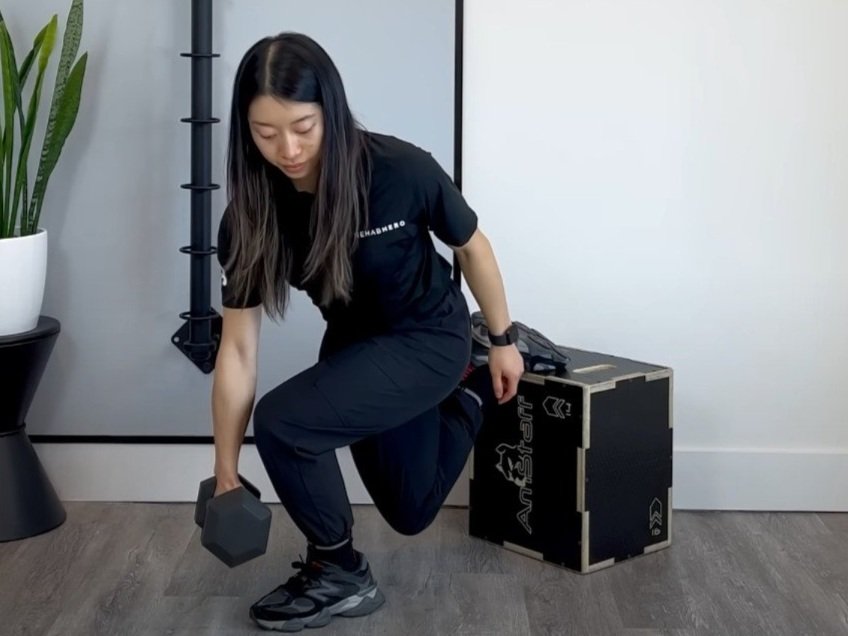What You Need To Know About Tension Headaches
Tension Headaches
What they are, headache symptoms, and treatment options.
What are tension headaches?
Are you currently experiencing headaches or have experienced one in the past?
Have you gone to your family physician and been prescribed painkillers for your headaches and migraines?
Having tried these, if you are still experiencing headaches, it may be a type of tension headache. Headaches can be categorized into two subcategories, primary and secondary headaches. It can often refer to Cervicogenic headache, headaches after whiplash, protracted neck ache, and migraines. In this blog-post, I’ll be going into detail about a form of secondary headache known as cervicogenic headaches.
Cervicogenic headache refers to pain being referred from a body part, oftentimes this pain is perceived in the head but is being referred from the neck, upper back, and shoulder region. Cervicogenic headaches can occur due to several reasons and can occur everyday for up to a week. They can arise from problems in the neck due to different conditions such as osteoarthritis, a prolapsed disc in the neck, or a whiplash injury. Falling or playing sports can also cause injury to the neck and trigger these headaches. Working on lifestyle changes can help with reducing some of the symptoms.
What are the symptoms of Cervicogenic headaches?
The location of pain can vary from person from person. Typical symptoms include:
Dull, achy head pain
Stiffness in neck
Tenderness and tightness through scapula, neck, and shoulder muscles
Feeling of pressure and referral pain into the eye, forehead, and top of the head unilaterally
What are the possible causes?
Different parts of your body or lifestyle habits can cause a headache. Some common triggers are:
Stress
Soft tissue (muscle, joint) restrictions particularly in the neck, shoulders, and back region
Lack of sleep
Poor posture
Headache Treatment Options
There are multiple treatment options available. Some non-invasive treatment options are exercise therapy, massage therapy, and Joint mobilizations.
Exercise Therapy
Stretches and exercise can help target the areas of dysfunction and is often a prescribed remedy. Areas most often targeted are the upper thoracic spine, cervical spine, and shoulders. Also through exercise therapy, you’ll learn more about postural education to help make the necessary lifestyle changes. Strengthening and improving mobility in these areas can help your body build tolerance and endurance so you can go on about your day pain-free.
Massage Therapy
Using massage therapy techniques, the therapist will often locate areas of muscular tension often referred to as Trigger Points. Trigger points are also commonly known as pressure points, and relief can be gained by getting these areas massaged. Through massage therapy, the aim is to help reduce the overall muscular tone of the areas surrounding the neck, upper back, and shoulders. As a result, this will help the sympathetic nervous system to calm down and reduce the overall intensity and episodes of headaches experienced.
Joint Mobilization
This is a manual therapy intervention used to help create passive movement of joints within the body. Oftentimes if there is a restricted joint within the neck, the use of joint mobilization can help with relieving pain, muscle spasms, release tension, and improve mobility in the joint. This can be a very beneficial treatment strategy if your cervicogenic headache symptoms are arising from joint dysfunction within the cervical spine.
How can Massage Therapists, Physiotherapists, Chiropractors, Osteopaths help?
At Rehab Hero our Registered Massage Therapists, Physiotherapists, Chiropractors, and Osteopathic Manual Practitioners will all go through a thorough assessment with you before treatment to help locate areas of tension that may be contributing to your headaches. Physiotherapy, Massage therapy, Osteopathy and Chiropractic may include a thorough movement and range of motion assessment of your cervical spine, shoulder, and thoracic spine. Our therapists will help create an individualized home exercise program to help guide you through your rehab program so you make the necessary lifestyle changes to improve quality of life, move pain-free, and reduce your headaches.






















